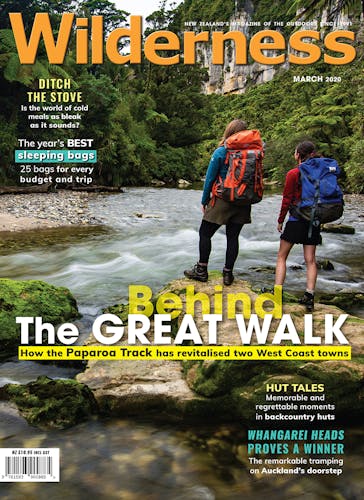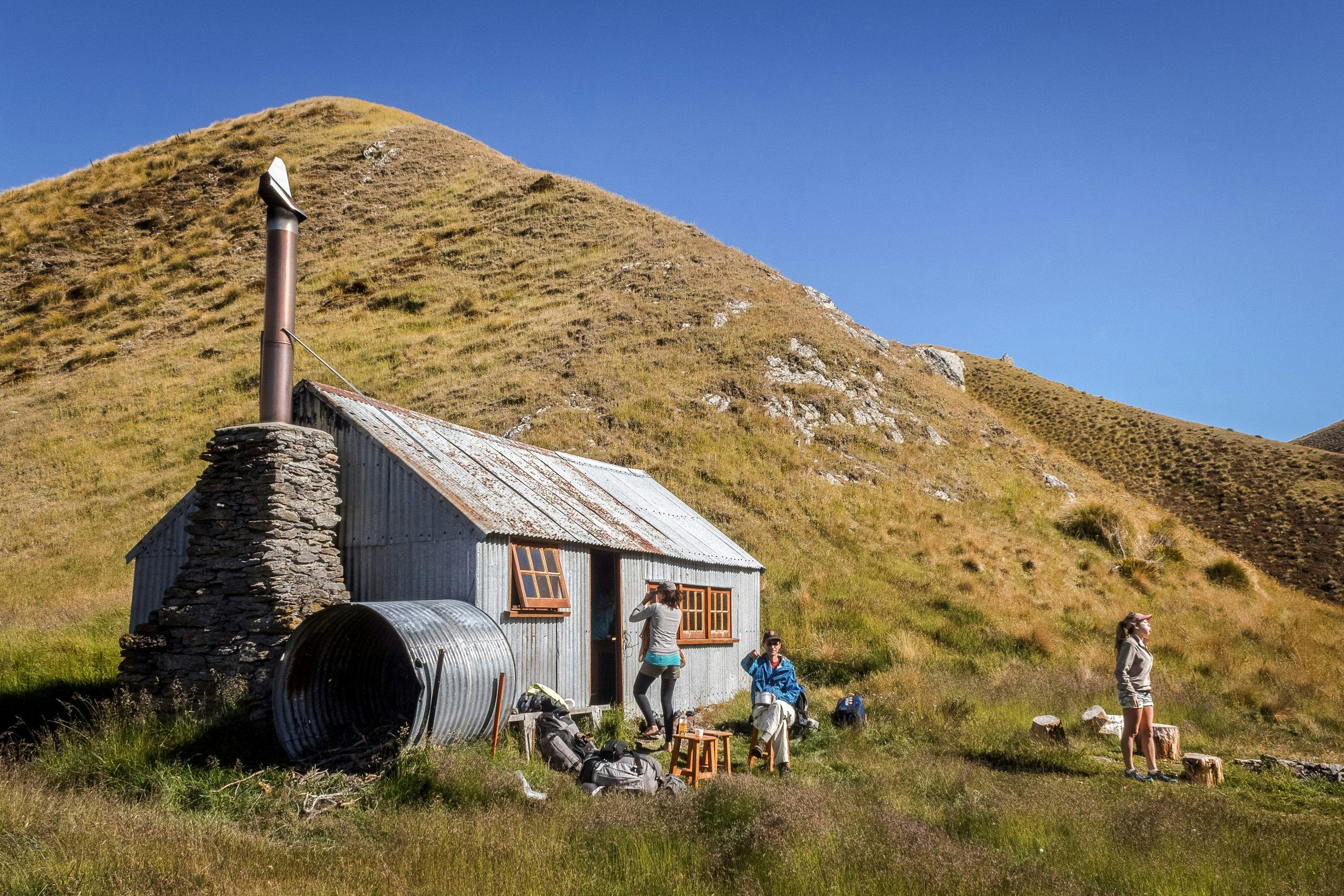Sweeping the floors is a good start, but there are plenty more ways trampers can help maintain backcountry huts.
If you’re seeking accommodation with million-dollar views for the price of a hot lunch, you can’t go past New Zealand’s hut network.
Like hotels of the hills, these adventurous abodes provide roaring fires, breathtaking views and a bed, all without breaking the bank.
But hotels they are not. The majority of New Zealand’s huts are unmanned, meaning maintenance and spring cleaning can be sporadic, if it happens at all.
A little bit of effort from visitors can make all the difference to the state of huts, DOC ranger Joe Walker says.
“Treat the hut as your own, and think about the people who will come in after you,” he says.
“If a visitor turns up, and sees the hut is nice, tidy and clean, they tend to respect it a bit more, and it stays like that.”
Backcountry Trust manager Rob Brown agrees, saying untidiness “seems to breed an ever decreasing circle and things go downhill”.
Along with the obvious – sweeping, cleaning the benches, chopping wood and standing the mattresses on their side to air – there are several tasks trampers can do when they next stay in a hut.
“One of the main problems we encounter in restoring the older huts is where they start getting shaded and crowded [by vegetation] and don’t dry out when they should, and that can lead to rotting problems,” Brown says.
“If you are carrying a pair of loppers or a silky saw, it helps to keep trimming the vegetation back.”
Chopping firewood is a conscientious task for trampers, but these good intentions can cause more harm than good, Brown says. Damp wood stacked in foyers or under the hut is a major cause of hut degradation.
“We’ve had a number of foyers rot out and need to be rebuilt because of wet wood left there over time, or subfloors rotting because so much stuff got put under the floor there was no longer proper airflow,” Brown says.
“The obvious solution to this is to build a proper firewood shed for huts and the Backcountry Trust has been trying to do this in areas where it’s become a problem.
“It definitely helps long term conservation to get wet firewood away from a building and into proper storage.”
Once burned, trampers may wish to empty the fireplace, but Brown says to leave the ash inside the fire if you’re unsure of how to dispose of it.
“Woodburner ashes stay hot for far more than just last night’s fire so really need to be treated with care,” he says. “The safest and best place to put the burnt carbon from firewood – as long as it’s free from rubbish – is straight into the river or stream if the hut is next to one.
“If not, it’s best to dig a hole, put the ashes in there and then thoroughly drench it with at least a bucket of water.”
Brown also recommends learning to reset traps and bait stations to control pests at the hut.
“Once vermin get established in a hut they can literally eat it to death in a very short time,” he says. “We’ve had some huts we’ve had to completely rebuild where this problem became particularly bad.”
If you find issues you’re unable to fix, Brown suggests making a record of the damage and getting in touch with the Backcountry Trust or DOC.








